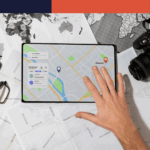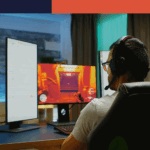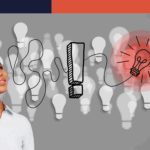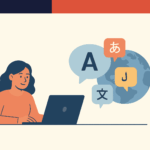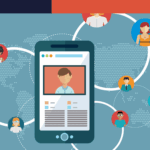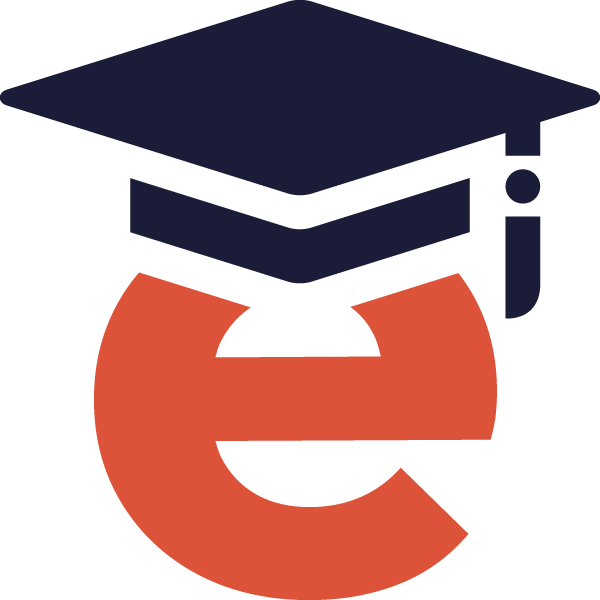Ensuring Online Training is Accessible to All Learners
Written by Dr. Toni DiMella
Digital content has become the backbone of student learning, professional development, compliance education, and workforce upskilling. However, as we design for convenience and scale, we cannot forget the critical responsibility of ensuring everyone can access the content we create. Accessibility not only helps learners process your message, but it also extends your reach and impact.
Accessibility in online learning is not just about checking a legal box. It’s about removing barriers, fostering inclusion, and empowering every learner or participant to succeed. Whether you’re developing onboarding for a growing company, compliance modules for a manufacturing workforce, continuing education for professional growth, or instructional content for K–12 and higher education learners, ensuring accessibility should be built into every stage of the design process.
Why Accessibility Matters
Over one billion people globally live with some form of disability, and that number is growing each year as the global population ages (World Health Organization, 2025). That means one of your colleagues, employees, or students most likely relies on an assistive technology (AT), such as a screen reader, captions, or a mouth stick, to interact with your website, customer portal, or digital course. Accessibility ensures these learners are not excluded because of how content is presented, interacted with, or navigated.
There are also legal mandates to consider. Organizations across sectors are increasingly expected to meet these standards to remain compliant and reflect their commitment to diversity, equity, and inclusion. The Web Content Accessibility Guidelines (WCAG) 2.1 Level AA has become the standard for accessible web-based content. In the U.S., while the Americans with Disabilities Act (ADA) and Section 508 of the Rehabilitation Act had required that digital content be accessible to people with disabilities, recent updates to the ADA’s Title II now mandate that state and local governments, along with their third-party contractors and software vendors, comply with WCAG 2.1 A/AA standards for their websites and mobile apps, aligning with similar accessibility laws worldwide. The updated rule applies to all state and local governments, including all public schools, hospitals, offices, courts, special purpose districts, Amtrak, and commuter authorities (U.S. Department of Justice, Civil Rights Division, 2024).
However, accessibility isn’t just a legal concern. Accessible digital content benefits everyone, not just the intended beneficiaries. This is known as the curb-cut principle. Curb cuts, initially designed for wheelchair users, have proven beneficial to many people, including parents with strollers, travelers with luggage, workers with carts, and cyclists. Similarly, digital accessibility features like captions, clear layouts, and keyboard navigation improve usability for everyone. Well-structured content, clear navigation, captions, and readable layouts help all learners, especially those working in noisy environments, learning in a second language, or balancing work and family responsibilities just as paddle light switches, lever door handles, and automatic doors, which were also explicitly designed to improve accessibility for those with special needs but improved access for all people (Lomellini et al., 2025; Phillips, 2018).
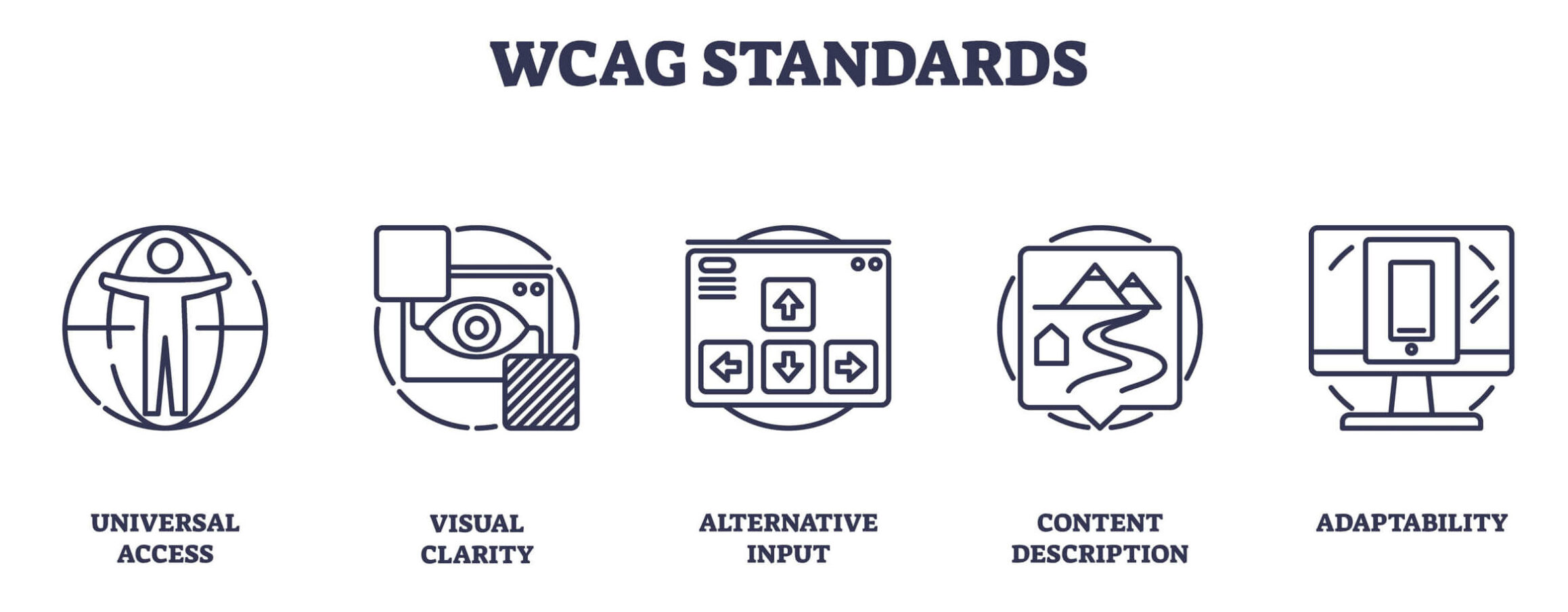
What Does Accessible Digital Content Look Like?
Accessible digital content is designed to be usable by people with a wide range of abilities and preferences. This includes those who rely on screen readers or keyboard navigation and those with vision, hearing, motor, or cognitive impairments. It also supports learners who process information in different ways.
Here are some key aspects of accessible digital content (Hanssen, 2023; LSA Learning & Teaching Technology Consultants, 2020; Ng, 2017):
- Descriptive alt text for images: Every image should include meaningful alternative text that conveys its purpose for screen reader users.
- Captioned videos and transcripts: All audio content, including webinars and training videos, should have synchronized captions and downloadable transcripts.
- Keyboard navigability: All activities should be accessible using only a keyboard, which is essential for those using assistive technologies.
- Readable design: Use high-contrast text, sufficient font sizes, and structured headings to improve comprehension and navigation.
- Consistent layout: Predictable placement of navigation buttons, instructions, and activity types reduces cognitive load and supports ease of use.
- Avoid color-only cues: Don’t rely on color alone to communicate information (e.g., red for errors, green for success), and use text or symbols to supplement.
Accessibility also extends to assessment formats, downloadable resources, and discussion boards. If any part of the learning experience is inaccessible, it can prevent learners from progressing or demonstrating what they’ve learned.
Building Accessibility from the Start
The most effective way to ensure accessibility is to design for it from the beginning. Retroactive fixes can be costly, inefficient, and, in the worst-case scenario, incomplete. When accessibility is integrated into the entire workflow, your content is more inclusive, scalable, future-proof, and completed in a timely manner.
Applying Universal Design for Learning (UDL) principles helps with this proactive approach. UDL encourages offering multiple ways to access information, engage with material, and express learning. For example, a learner might choose to watch a video with captions, read a transcript, or interact with a graphic. Each path supports the same outcome but in a way that aligns with individual needs and preferences.
Strategies that align with UDL and accessibility include:
- Breaking content into smaller chunks with clear objectives
- Providing visual, auditory, and textual formats for content
- Offering multiple ways to complete knowledge checks (e.g., matching, short response, scenario-based questions)
- Using inclusive language and diverse imagery (Lomellini et al., 2025; Schuck & Larson, 2003; Wells, 2024)
Verifying Digital Content is Accessible
There are many tools you can use to support your accessibility goals. However, while many popular eLearning platforms have features that help designers create accessible content, you must know how and when to use the tools. Automated and built-in tools are helpful, but they’re not foolproof. They may overlook or misidentify issues and often provide an overwhelming number of possible violations to review. Manual testing is essential to ensure content is accessible and catch what automated tools miss. Inaccurate alternative text or captions, broken links, and missing heads may be “cleared” by automated tools (Lazar, Goldstein, & Taylor, 2015).
Other common mistakes include:
- Uploading untagged PDFs: If documents aren’t properly structured, screen readers can’t interpret them. However, once a file is uploaded to a learning management system (LMS), it may not be reviewed for accessibility.
- Inaccessible quizzes: Drag-and-drop or image-based questions without alternative formats can exclude users. This may be due to incomplete alternative text or a lack of keyboard navigation within the quiz question.
- Auto-playing media: Audio or video that starts without user control can overwhelm users and interfere with assistive tech. Additionally, tools can only show that captions exist, not that they are correct.
- Unlabeled buttons and links: Vague labels like “Click here” don’t tell users what to expect, which is especially problematic for those using screen readers. However, if the link is tagged, an automated tool will mark it as labeled.
- Overloading slides or screens: Too much text or complex navigation can make content cognitively inaccessible. All items may meet contrast, but LMSs do not assess the amount of white space on the page.
Accessibility is a Shared Responsibility
Creating accessible online training isn’t just one person’s job—it’s a team effort. Instructional designers, developers, subject matter experts, graphic artists, and QA testers all play a role. By designing with accessibility in mind from the start, you create training that works for everyone.
Making online training accessible is a powerful way to demonstrate your organization’s values, whether you serve employees, students, or professionals across industries. It improves learning outcomes, expands your audience, and ensures compliance with legal standards. But more than that, it’s the right thing to do.
Need help evaluating the accessibility of your online training? Connect with our team at eLearningDOC. We’re here to help you deliver learning that’s inclusive, effective, and ready for the future!
References
Hanssen, E. (2023, December). Supporting content creators in creating accessible digital materials in higher education. International Conference on Computers in Education.
Lazar, J., Goldstein, D. F., & Taylor, A. (2015). Ensuring digital accessibility through process and policy. Morgan Kaufmann.
Lomellini, A., Lowenthal, P.R., Snelson, C., & Trespalacios, J. H. (2025). Accessible and inclusive online learning in higher education: A review of the literature. Journal of Computing in Higher Education.
LSA Learning & Teaching Technology Consultants. (2020). Why accessible material helps everyone. University of Michigan, College of Literature, Science, and the Arts.
Ng, C. (2017). A practical guide to improving web accessibility. Weave: Journal of Library User Experience, 1(7).
Phillips, C. (2018, September 28). Online course accessibility benefits everyone. EDUCAUSE Review.
Schuck, J., & Larson, J. (2003). Community colleges and universal design. In. J. L. Higbee (Ed.). Curriculum transformation and disability: Implementing universal design in higher education.
U.S. Department of Justice, Civil Rights Division. (2024, April 8). Fact sheet: New rule on the accessibility of web content and mobile apps provided by state and local governments. ADA.gov
Wells, M. B. (2024). Enhancing accessibility and learning outcomes in higher education: The role of Universal Design for learning in digital formats. Educația Plus, 36(2), 285-292.
World Health Organization. (2025). Disability.


